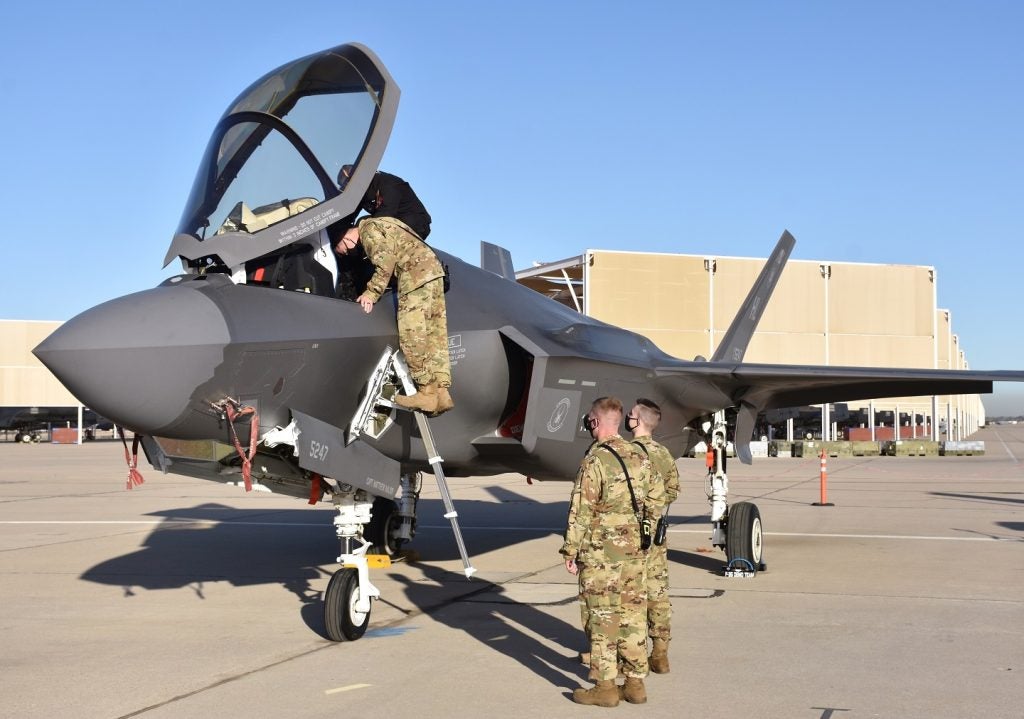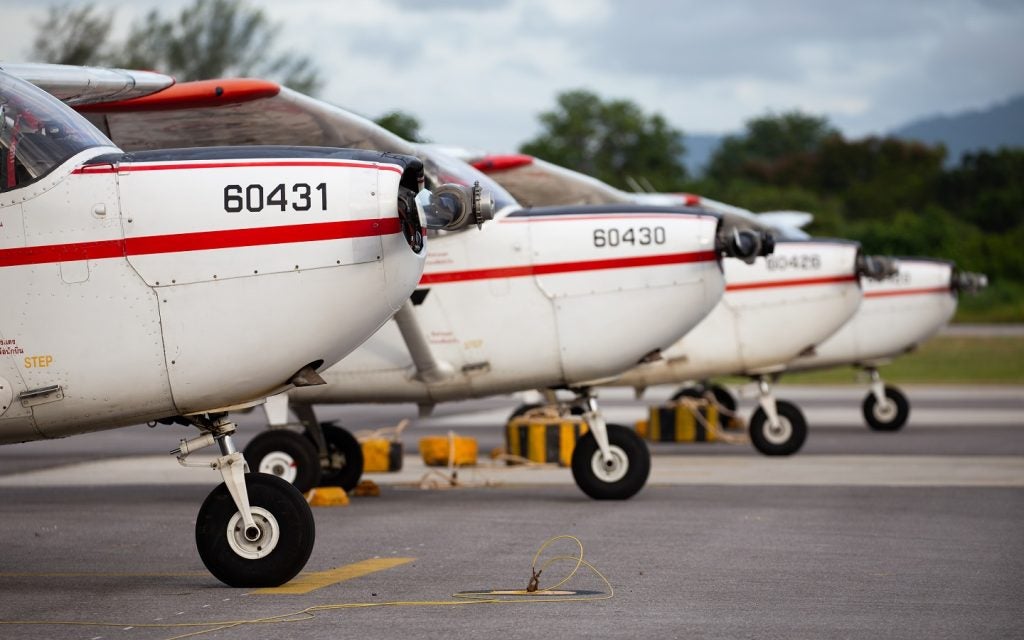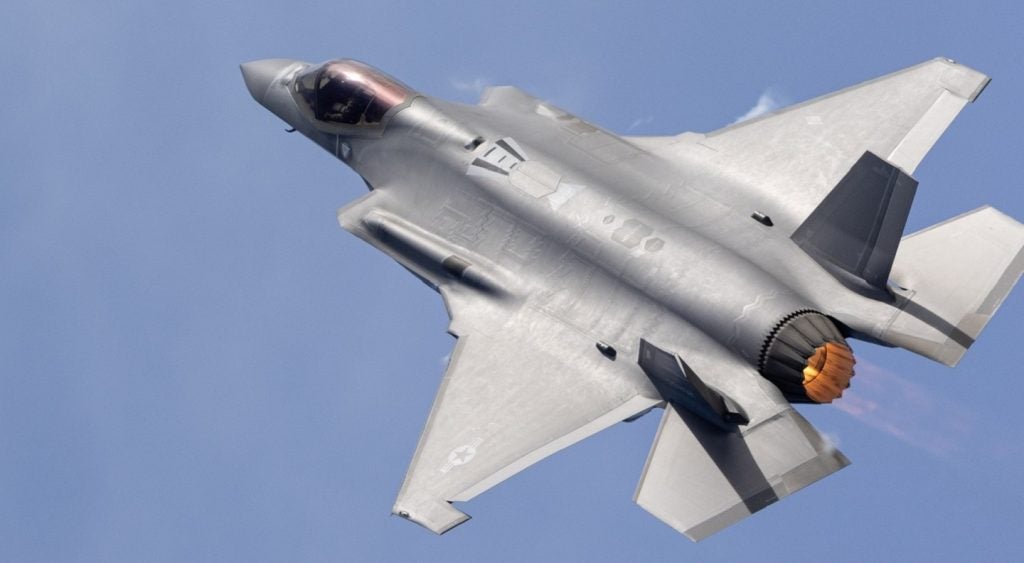
The US military has started testing of an enhanced version of the F-35 Lightning II autonomic logistics information system (ALIS).
Developed by Lockheed Martin, the ALIS integrates preventative maintenance, flight scheduling and the mission planning system, to provide logistics and operational data analysis, helping military services manage their F-35 fleets.
During a flight test, the military will confirm new ALIS capabilities, including high-speed data download for increased aircraft availability.
Lockheed Martin Mission Systems and Training F-35 Sustainment Support vice-president Mary Ann Horter said: "The men and women who will take the F-35 into operations are charting a new course for fighter aircraft, from tactics development to fleet sustainment.
"ALIS provides them with a complete picture of the fleet’s status so that they are equipped with the information needed to make proactive decisions and keep the jets flying."
See Also:
Horter was also quoted by Reuters as saying that the flight testing of the new system is being carried out at Edwards Air Force Base in California, and Naval Air Station Patuxent River in Maryland, US.
How well do you really know your competitors?
Access the most comprehensive Company Profiles on the market, powered by GlobalData. Save hours of research. Gain competitive edge.

Thank you!
Your download email will arrive shortly
Not ready to buy yet? Download a free sample
We are confident about the unique quality of our Company Profiles. However, we want you to make the most beneficial decision for your business, so we offer a free sample that you can download by submitting the below form
By GlobalDataDubbed ALIS 2.0, the enhanced software can download the data from each F-35 after it returns from a flight within 15 minutes, which is claimed to be three times faster than earlier version of ALIS, reducing operations and maintenance costs and increasing aircraft availability.
After the completion of testing, the software is scheduled to be installed at all F-35 locations and deployed for military operations from 2015.
The release provides each F-35 operating country with advanced reporting features for fleet management and trend analysis.
ALIS is currently operating at nine locations and has to date supported more than 12,000 sorties.
The US Marine Corps is expected to declare initial operating capability for the F-35 in July 2015, while the US Air Force and Navy are planning initial operations in 2016 and 2018, respectively.
Image: The US and UK F-35 maintainers support ALIS testing at Lockheed’s facility in Orlando, US. Photo: courtesy of Lockheed Martin, photo by Mike Wilhelm.








